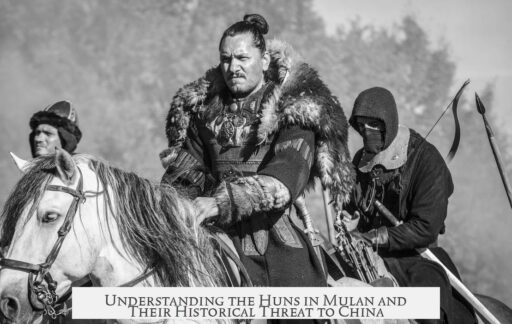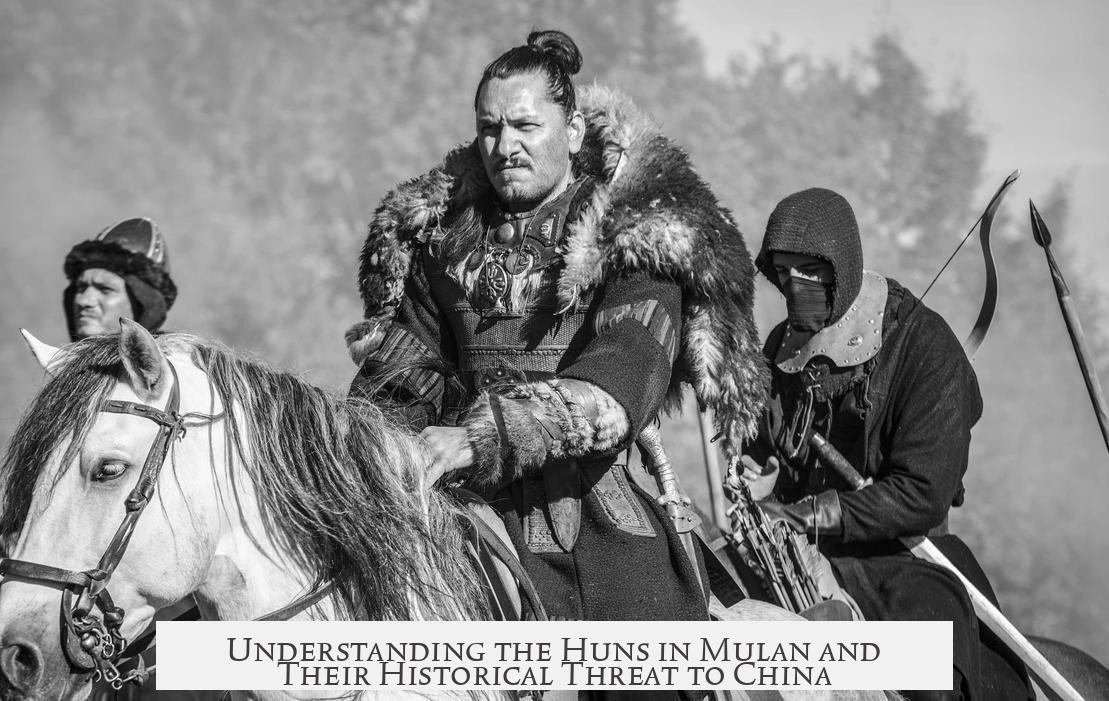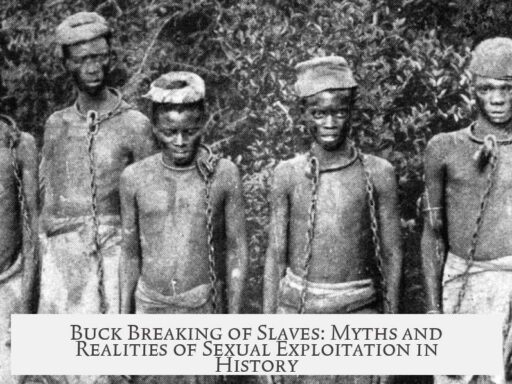The “Huns” depicted attacking China in the Disney movie Mulan are a fictional amalgamation rather than a historically accurate representation. Historically, there is no solid evidence of a Hun threat to China during the periods associated with the Mulan legend. The movie’s villains merge multiple historical invader groups, mainly inspired by the Xiongnu, a steppe confederation often linked to the Huns, but the connection remains unproven.
The story of Mulan connects to two possible historical timelines. One is the late 300s CE during the Northern Wei dynasty. The other is around the early 600s CE, spanning the end of the Sui dynasty and the beginning of the Tang dynasty. The actual timeline is uncertain since the original ballads and plays provide limited historical markers. The movie loosely picks elements from these eras without strict adherence.
In the real world, the northern frontier of China faced diverse nomadic groups rather than a monolithic “Hun” force. During the Northern Wei period, Mulan’s adversaries were more likely Mongolic tribes. Later, around the Sui-Tang transition, they could have been local ethnic groups such as the Khitan or Jurchen. These groups regularly engaged in conflicts or border skirmishes with Chinese states. The armies Mulan supposedly joins may represent imperial forces combating local revolts or border threats, not an invasion by the Huns.
Disney’s movie depicts the Great Wall as a defensive structure prominently featured, but this portrayal is historically anachronistic. The Great Wall in its famous, consolidated form dates to the Ming dynasty (14th–17th centuries), long after Mulan’s era. Earlier walls existed but were fragmented and far less monumental. This creative choice prioritizes visual recognition over historical accuracy.
The term “Huns” in Western history commonly refers to a nomadic people who invaded parts of Europe in the 4th and 5th centuries CE. A scholarly debate exists about whether the Xiongnu—a powerful steppe confederation north of China from the 3rd century BCE to the late 2nd century CE—are related or identical to the European Huns. However, no conclusive archaeological or textual proof ties these groups definitively. Some theories suggest possible migration routes recorded in Sogdian trade documents, but the evidence is inconclusive.
Chinese historical records focus on the Xiongnu as a major threat during the Han dynasty but do not describe any “Huns” invading China during the time attributed to Mulan. By the Northern Wei and Sui periods, the Xiongnu had largely dissolved or merged with other ethnic groups. The “barbarian” threats then came from Mongolic and Turkic peoples emerging in the steppe regions.
Therefore, the movie adapts and conflates various historical invasions into a singular villainous force called “the Huns.” This simplifies and dramatizes the story for entertainment. In reality, the Mulan tale likely involves her defending against local northern tribes or rebel groups, not the Huns as portrayed in Western legend.
| Aspect | Historical Fact | Movie Portrayal |
|---|---|---|
| Invading group | Mongolic or Turkic groups, local rebels | “Huns” as a single invading army |
| Timeline of story | Late 300s Northern Wei or early 600s Sui-Tang | Unspecified time, medieval-style setting |
| Great Wall | Fragmented walls, not as depicted | Iconic massive wall defending China |
| Xiongnu-Hun connection | Debated, no consensus | Implied direct link, merged foes |
In conclusion:
- The “Huns” in Mulan are a fictional blend of historical tribes like Xiongnu, Mongols, and Turkic groups.
- No direct historical record shows a Hun invasion of China during the Mulan era.
- The actual opponents would have been local steppe tribes or rebels near the northern frontiers.
- The Great Wall’s portrayal is anachronistic but serves narrative and visual purposes.
- Scholars remain uncertain about linking Xiongnu and European Huns, making the movie’s conflation an artistic choice.
Who were the Huns depicted as attacking China in the movie Mulan?
The movie shows the Huns as fierce invaders. However, this group is a mix of different nomadic tribes from Chinese history, mainly inspired by the Xiongnu. The film blends various stories for dramatic effect.
Did the Huns historically threaten China during Mulan’s time?
There is no clear evidence that the Huns attacked China during Mulan’s era. The actual threats were more likely from Mongolic or Turkic tribes, or local rebels, not the Huns as shown in the film.
What is the connection between the Xiongnu and the Huns?
The Xiongnu were northern tribal confederations often linked to the Huns in theories. Scholars debate this link, and no firm proof exists. The movie uses this connection loosely to represent invaders.
Why does the movie show the Great Wall when it did not exist then?
The version of the Great Wall in the movie is from the 1400s, much later than Mulan’s possible period. This is an anachronism, likely included for visual impact based on popular perception.
Who were the historical enemies during the Mulan story’s possible time periods?
Depending on the timeline, enemies could have been Mongolic groups in the north or local tribes like the Khitan or Jurchen. The threats were mostly local conflicts, not large Hun invasions.




